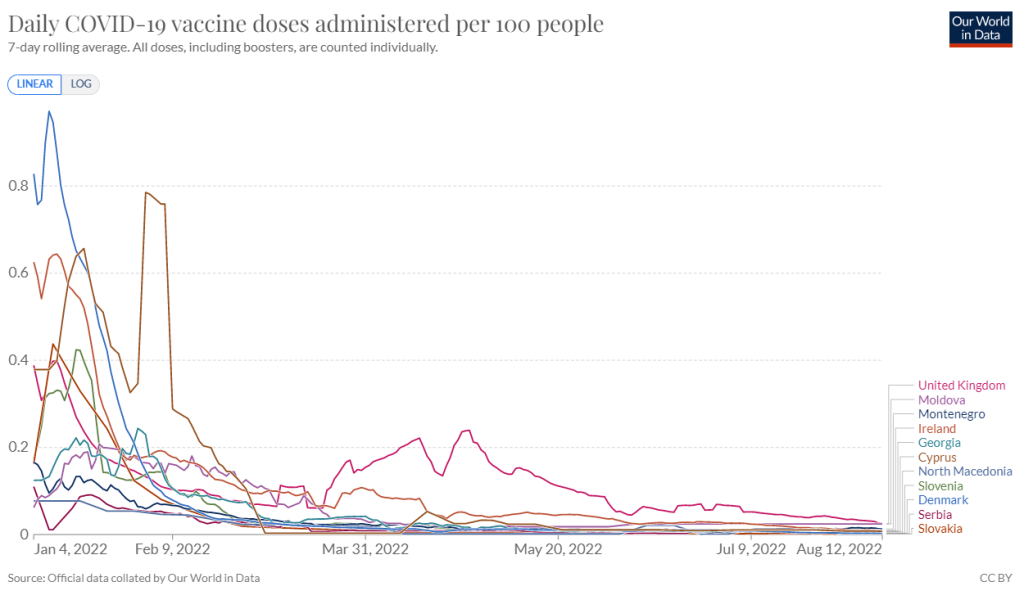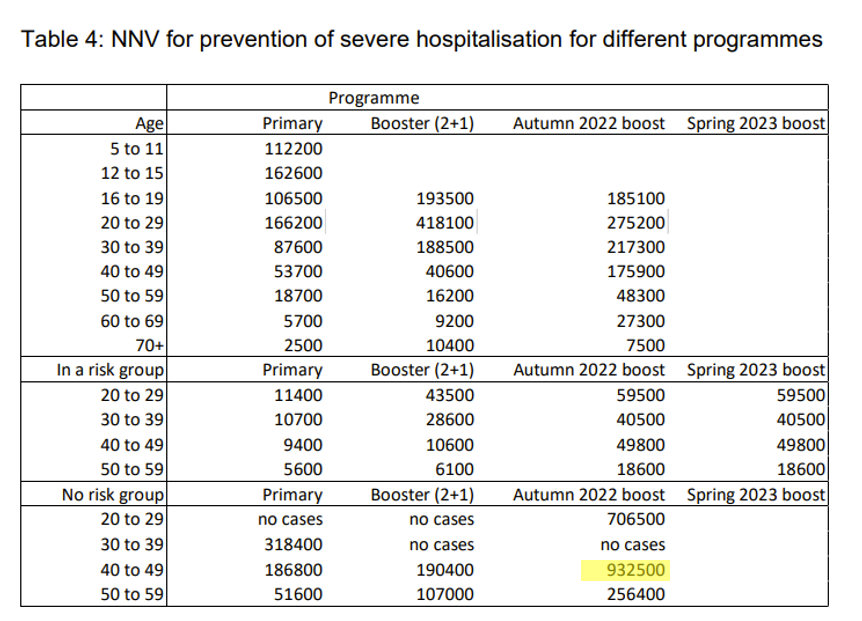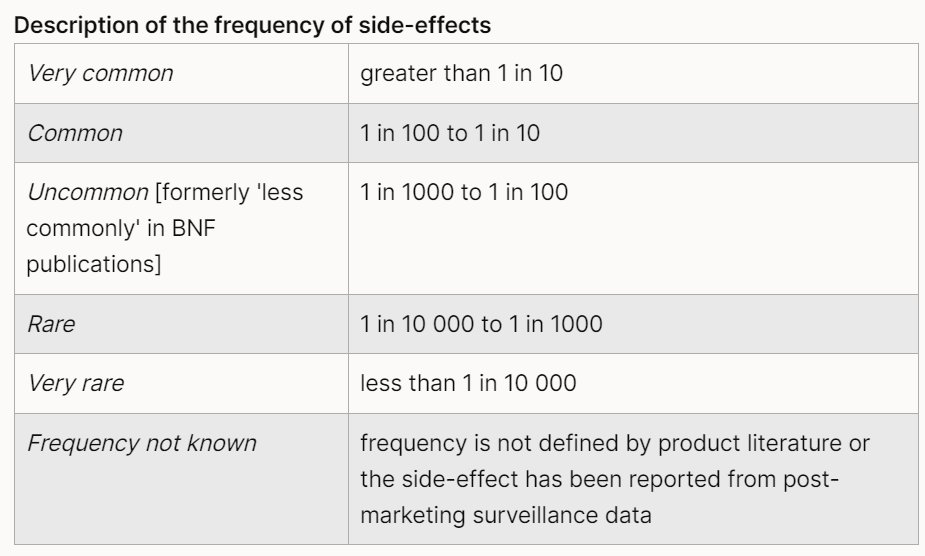
Government reveal minimal benefits data from October 2022
The government have recently released a document that was shared with the JCVI, the decision makers on who the vaccines should be offered to, no less than three months earlier in October 2022. The document answers the question – how many people would need to be vaccinated to prevent a hospital admission with covid? The numbers are in the tens of thousands, and far higher to prevent a single intensive care admission in all age groups under 60 years old. This is a measure of how much benefit any one individual might gain from vaccination. The question is absolutely critical and the number is one that’s easy to understand. It is a wonder that the JCVI had not requested such calculations be done earlier. It is also curious that this data was not made public for three months.
Timing
It is notable that these figures (dated 25th October 2022) were discussed on 8th November 2022. Both Dr Aseem Malhotra and HART had published the number needed to vaccinate in September 2022. (Note that the HART figures are for the whole wave and for deaths not hospitalisations).
Had no one in power asked that question until then? Despite meeting in early November, it was not until 25th January 2022 that the JCVI announced that the vaccines would no longer be available for healthy under 50 year olds because of what this data revealed. In the period between the meeting and the public announcement that they intend to stop vaccination for healthy under 50-year-olds, 328,000 doses were given and of these, over 100,000 doses were given to primary aged children. The Pfizer product was also given approval for use in 6 month to 4 year olds during that period.
Many other countries stopped vaccinating far earlier than the UK. For example, Denmark stopped generalised vaccination in May 2022.

Data
The tables below are directly from the appendix to the government report. For healthy people aged 40-49, almost 1 in a million chance of preventing an intensive care admission if taking the autumn booster.

For the primary course in over 70 year olds “only” 2,500 people needed to be vaccinated to prevent a single intensive care admission. Oddly data for older age groups is sparse in this table.
Caveats
It is worth noting that there are several factors which could affect the number needed to vaccinate data that could alter the result.
There might be an increased number needed to vaccinate in order to prevent a hospital admission if:
- The higher incidence seen in the period immediately after a dose is removed from their calculation
- The size of the unvaccinated population used as a control group was underestimated
- The period of effectiveness was lower than the full year for which the government assumed rates would be constant
Equally there might be a decrease in the number needed to vaccinated in order to prevent a hospital admission if:
- A period with higher hospitalisations has been selected (but note that July 2022 peaked at 17,000 in patients, the same level as the autumn 2020 peak and only slightly lower than the first Omicron and Delta peaks of 20,000)
Comparing to harm
When discussing harms from a drug, these are the terms used to label how frequently they occur.

Using these terms, the chance of an over 70 year-old avoiding intensive care because of taking the vaccine was *rare*. The chance, even for the primary course, for anyone under 60 was *very rare*.
Critically, the number needed to harm from injection is considerably higher than the number needed to benefit.One estimate, based only on a short period of follow up in the trials, was 1 in 800 would have a serious adverse event.
In the meantime, the risk for young boys is at least 1 in 10,000 for myocarditis – just one of the possible adverse events. The UK government has now said that for 12-15-year-olds, 162,600 would need to be injected to benefit, in order to prevent a single intensive care admission.
JCVI do not go far enough
While the JCVI announcement is a small step in the right direction there are still serious concerns about their continuing recommendations. They continue to recommend that children be vaccinated in order to protect vulnerable adults they live with. It is utterly unethical to use children as a human shield in this way. They do not have a responsibility to protect the adults around them – the duty owed is the reverse.
Beyond the ethical argument, such advice is based entirely on faith in what “vaccination” should be capable of, not data of what it is actually achieving.
The real world evidence shows that vaccination is increasing the risk of infections, such that unvaccinated children likely present the lowest risk to others.
Money
While everyone can agree that life has value it is distasteful to put a number on the worth of a life. However, given that resources are finite this has to be done in order to ensure that lives are not lost because of money being wasted on hopeless projects. Assuming the cost of a vaccine is £25 (it is likely much more once the whole process of delivery is included) that would mean the country spent £25 million per year (or multiples of that number depending how many doses are given) in an attempt to prevent a single intensive care admission for 40-49 year olds. If the caveats above mean that the estimates of how many needed to be vaccinated in the table were too low the cost could be even higher. In the meantime, those million people have been exposed to the risks of the drug – some known and some unknown.
The risk benefit equation never stood up to scrutiny. What would they have estimated these values to be for Alpha or Delta or at the beginning of the Omicron outbreak? Why weren’t people told? Why has it taken until now to admit that the benefits could only ever be low and nothing like the marketing that people would have 95% protection.

